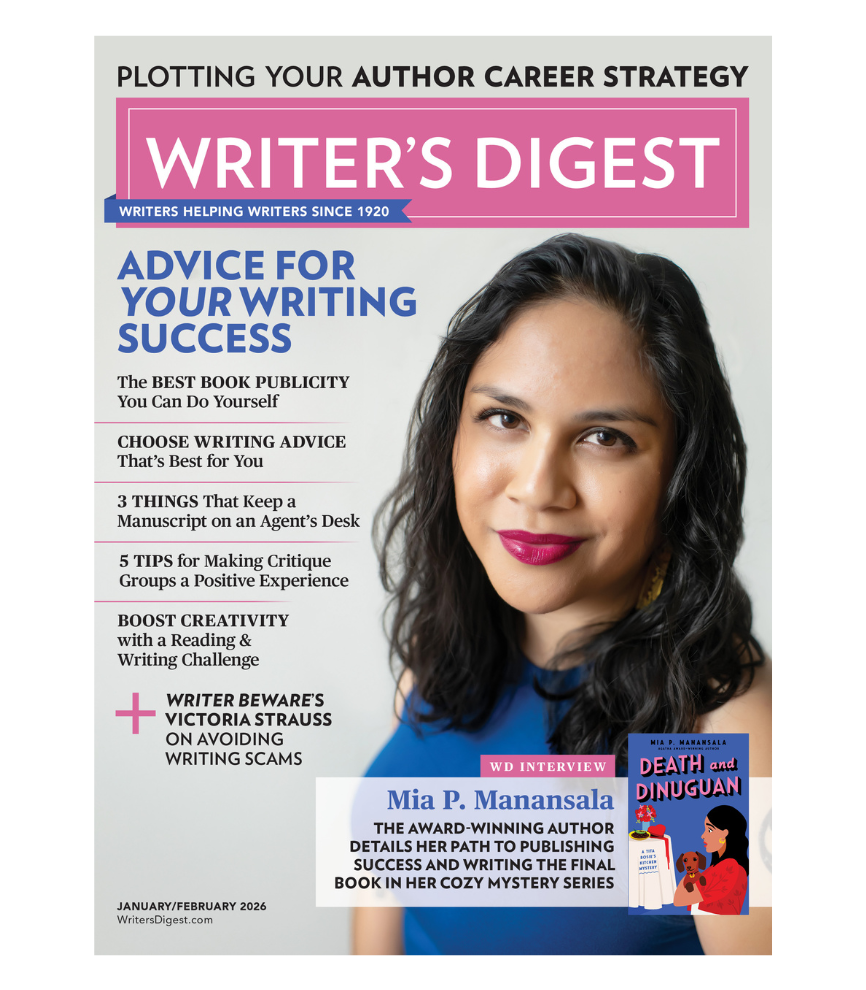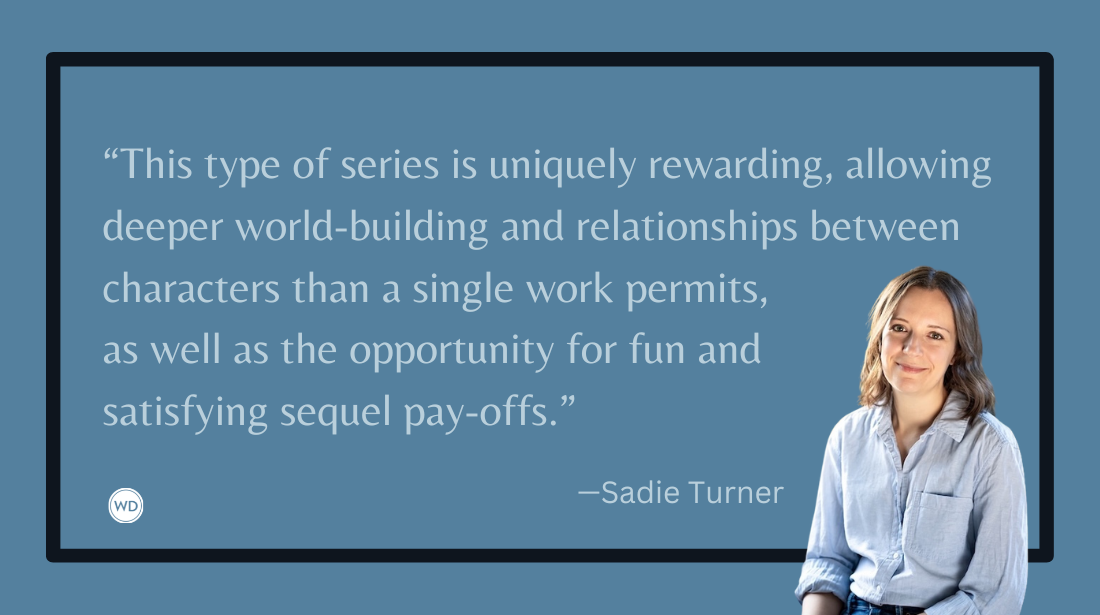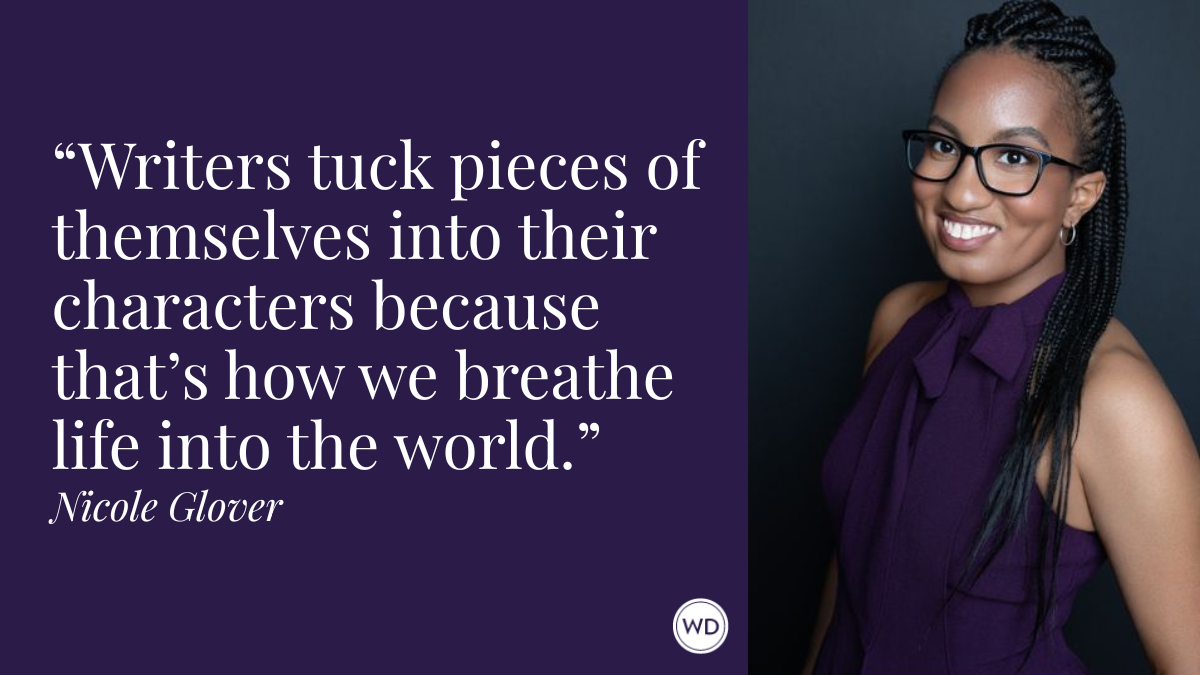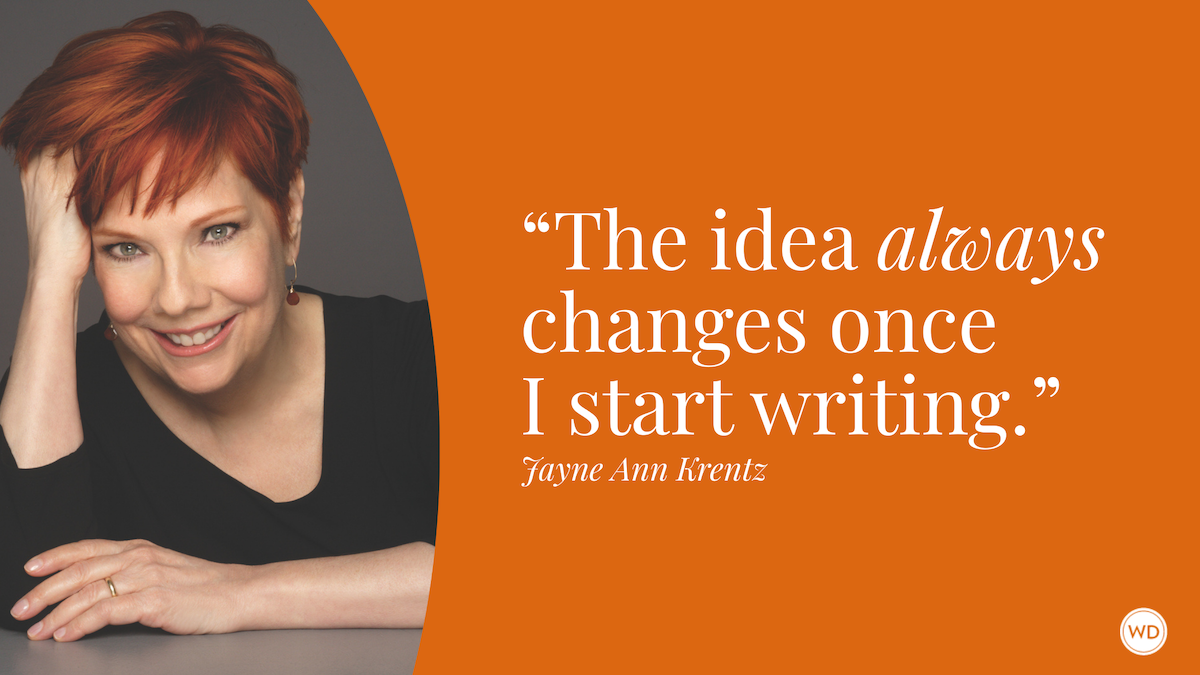5 Tips for Hitting Bestsellers Lists
BY GRETCHEN CRARY As a book publicist, one of the very first questions I’m usually asked is, “Can you help make my book into a bestseller?” While there is no tried and true way, what I can tell you about are some of the secret tips that the big publishers use to give their books the best chance to hit those sought after lists.
As a book publicist, one of the very first questions I’m usually asked is, “Can you help make my book into a bestseller?” While there is no tried and true way, what I can tell you about are some of the secret tips that the big publishers use to give their books the best chance to hit those sought after lists.
Authors and publishers are always trying to game the lists. Some authors pay hundreds of thousands of dollars to companies that guarantee bestsellers by buying thousands of copies of your book from a variety of outlets, both in stores and online. Some authors hire call centers and have them place orders for them. There are many ways to game the system but, thankfully, that type of trickery is rare.
*********************************************************************************************************************************
This guest post is by Gretchen Crary, founder of the boutique book publicity and marketing company February Media. Prior to going out on her own, she was a publicity director at HarperCollins. She is also the publisher of February Books. You can find more advice for authors on her blog.
*********************************************************************************************************************************
There are many bestseller lists, but the most important one is The New York Times Bestsellers list. It’s seen as somewhat incorruptible and that gives it caché. The first thing to know about The New York Times list is that the folks who compile it get their data directly from bookstores as well as from Nielson BookScan. (BookScan, like the TV ratings from Nielson, are compiled statistical surveys. They claim to cover about 75% of all outlets but, depending on the type of book, their numbers can be wildly off.)
The second thing to keep in mind about The New York Times list is that it is actually delayed by about two weeks. So if your book went on sale Tuesday, April 15th – Tuesdays are the traditional release day for most new products of any kind – the first list you could hit would be the one for Sunday, May 4th. The New York Times counts books sold from Saturday to Saturday as a full week, so that first week is slightly more challenging because you have two fewer days of sales to include.
Now, the real question: How many books do you need to sell to make The New York Times Bestseller list? Frustratingly, there is no easy answer to this question. The volume of book sales rises and falls throughout the year. During Christmas, volume is very high because more folks are buying all kinds of books as gifts. During slow buying seasons, like August, those levels are much lower.
Publishers Weekly recently speculated about how many copies it takes to become an Amazon Top 5 bestseller. What they did was look back at a bestselling title The Legend of Zelda: Hyrule Historia – a fiction title – for a week in February and a week in March 2013. Backing out the numbers of total sales and taking into consideration that that Amazon has 30% of the hardcover book sales market, they came up with 328 copies a day.
A top 5 Amazon ranking is great, but what if you’re just aiming for hitting the extended New York Times “Advice, How-To & Miscellaneous” list at the bottom position of the extended list (#20)? Sales of non-fiction titles can run much lower than fiction titles. I’ve seen books with weekly sales of less than 1,200 hit the Advice list.
Here are some things to consider if you want to shoot for The New York Times or any other bestseller lists with your newly released book:
1) Concentrate your sales as best you can. Publishing houses will often have authors do one or more book signing events per day for a week or even for multiple weeks when a book first goes on sale. When you – or your publicist – are setting up an event, always make sure that the store is a “reporting” store. Ask them, do they report to The New York Times? If not, find another store that does.
2) Conduct a robust pre-order campaign. Simply encourage your fans to buy the book ahead of the on-sale date either at a brick and mortar store or online. Those books will be counted with the first week of sales.
3) Make sure that your biggest publicity hits come in the same week as your events. You’re trying to create a surge and strong publicity will add wind to your wings.
4) Figure out the best date to go on sale so that your competition will be at its lowest. The biggest drawback to this strategy is that usually when book store sales are slow, so is everything else. You might have trouble scheduling media or getting folks into stores for your events.
Now that you’ve thought about events, pre-orders, publicity, and on-sale date, how can you actually keep track of your sales? One of the best tools is Amazon Author Central. You need to sign up for that service, which is free, way in advance of your on-sale date. But once you do, you can add additional information to your book’s product page. There you can see your BookScan numbers and your Amazon sales. Keep in mind that BookScan numbers lag but Amazon has real time access to Amazon data. Your publisher can usually get you real time access to ebook sales. Also you can get your sales numbers from the stores where you’ve done events. Add them up and you’ll have a good indication of how you’re doing.
Having a bestseller is worth paying attention to. This is because consumers often look to the best seller list to decide what they want to read. It’s the kind of marketing that is self-perpetuating.
May all your books be bestsellers!
Want to build your visibility and sell more books?
Create Your Writer Platform shows you how to
promote yourself and your books through social
media, public speaking, article writing, branding,
and more. Order the book from WD at a discount.
Thanks for visiting The Writer's Dig blog. For more great writing advice, click here.
*********************************************************************************************************************************
Brian A. Klems is the online editor of Writer's Digest and author of the popular gift bookOh Boy, You're Having a Girl: A Dad's Survival Guide to Raising Daughters.
Follow Brian on Twitter: @BrianKlems
Sign up for Brian's free Writer's Digest eNewsletter: WD Newsletter









